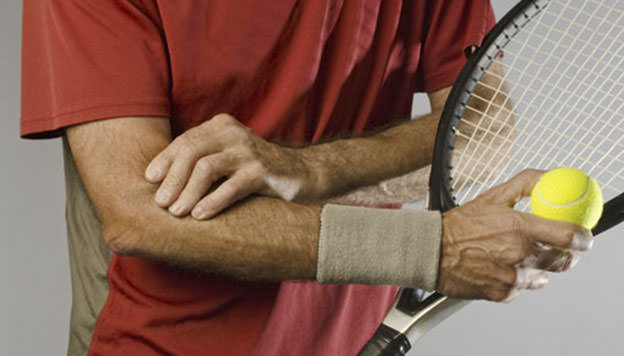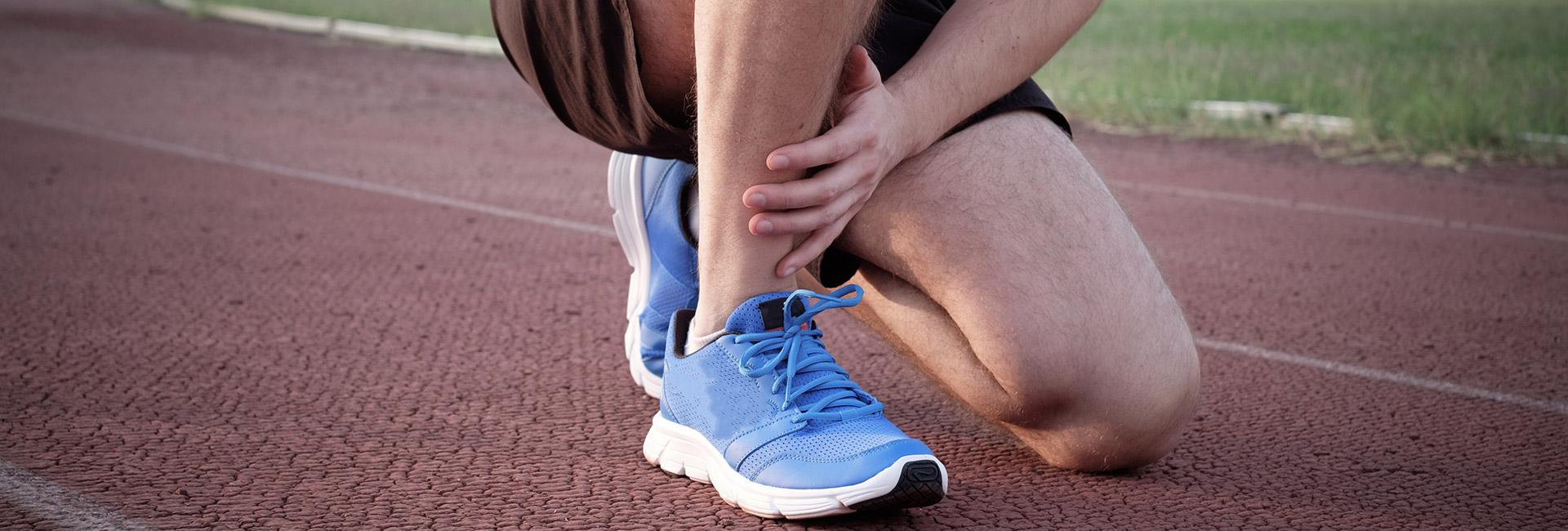Traditionally, ice and non-steroidal anti-inflammatories (NSAIDs) have played an integral role in the treatment of acute injuries. They were combined with rest, elevation, and compression to decrease swelling, reduce inflammation, and control pain. This method was believed to facilitate a quicker recovery time and faster return to activity. Recently, the effectiveness of these practices has been questioned. Just how much benefit is received from ice and NSAIDs?
Current research suggests an approach that supports the body’s own healing process as a better alternative. Inflammation is a rush of blood cells to the injured site. These blood cells are responsible for cleaning up damaged tissue and beginning the tissue repair process. Without inflammation, tissue repair is not possible. Ice and NSAIDs both interrupt the body’s natural inflammatory process, which results in slower healing. Ice constricts blood vessels, which reduces blood flow to the area and decreases the amount of blood cells at the injured site that assist in the healing process. While NSAIDs do reduce pain, those pain signals are the body’s way of limiting movements that may cause further damage to the already injured body part.
A different approach.
Moving through pain and masking pain can change your movement patterns, which may lead to detrimental changes elsewhere in the body. There are many other side-effects of NSAIDs that we will not discuss, but they are worth considering. Studies have shown that NSAIDs decrease bone healing of fractures and that they are not effective for pain with some chronic tendon injuries. There is growing evidence to not use NSAIDs during an acute injury and to consult with your doctor about what pain management medications may be most helpful and safe.

Alternatives to these traditional methods should work to protect the damaged tissue and promote circulation. Moving through pain-free range of motion uses muscle contraction to promote circulation, which in turn assists the lymphatic system in removing swelling from the injured site. Compression, elevation, and massage are also simple methods of helping the body to remove edema. Preventing stagnant fluid in injured areas is important for healing and decreasing pain, which is where compression or other manual therapies such as massage and lymph drainage techniques can help. Movement is critical as soon as it is safe to do so, especially if there is swelling in a joint. Joint pumping, controlled movements, and even joint mobilizations can be beneficial. Working with a physical therapist can help to ensure you protect the injury appropriately, promote the healing response accurately, prevent further compensatory injuries, and also safely return you to sports/work or your basic daily activities.
References
- Hildreth CJ, Lynm C, Glass RM. Sciatica. JAMA. 2009;302(2):216. doi:10.1001/jama.302.2.216.
- Takahashi NM, Yabuki, Shoji MD P, Aoki, Yoshihito MD P, Kikuchi, Shinichi MD P. Pathomechanisms of Nerve Root Injury Caused by Disk Herniation. Spine (Phila Pa 1976). 2003;28(5):435-441. . Accessed August 4, 2017.
- Filler AG, Haynes J, Jordan SE, et al. Sciatica of nondisc origin and piriformis syndrome: diagnosis by magnetic resonance neurography and interventional magnetic resonance imaging with outcome study of resulting treatment. J Neurosurg Spine. 2005;2(2):99-115. doi:10.3171/spi.2005.2.2.0099.
- Natsis K, Totlis T, Konstantinidis GA, Paraskevas G, Piagkou M, Koebke J. Anatomical variations between the sciatic nerve and the piriformis muscle: a contribution to surgical anatomy in piriformis syndrome. Surg Radiol Anat. 2014;36:273-280. doi:10.1007/s00276-013-1180-7.
Start your journey to pain-free living today.
Our experts are committed to providing effective, efficient, and compassionate care to help you live a pain-free, active life. Our passion is to help every patient reach their goals on their journey to recovery and optimal performance.



